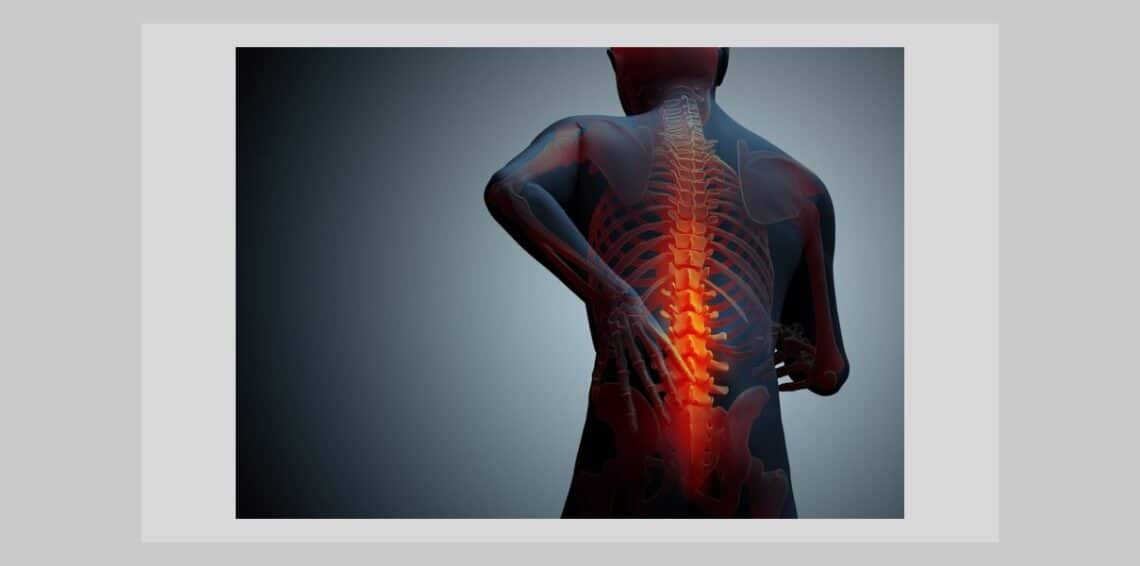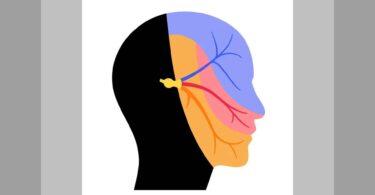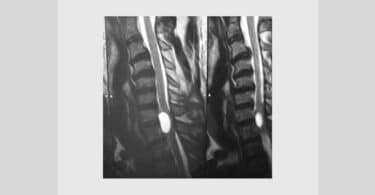From: The Clinique Vol. XX Chicago, March 15, 1899. No. 3.
I have often made the statement that in our diagnosis and treatment of cases we should first ascertain, if possible, the causative factor. This is our starting point around which we build our theory both as to disease and cure. Next in importance is the duration of disease, which has much to do with prognosis as well as treatment ; indeed, it is an important consideration to know, at the outstart, whether our case is acute or chronic, simple or complicated, benign or organic, and the duration tells us much in that respect. Then comes the history of the case, which is the most complicated and intricate part of the whole record. It should include not only the family history, but all the etiological factors which pertain to the progress and development of the disease. In this the patient’s “complaints” are keynotes.
But for the accurate prescription we must be guided by the symptoms alone; these do not include simply the patient’s idiosyncrasies in the line of complaints, but all the objective and subjective characterizations of his condition. Something peculiar, prominent and uncommon will generally be a guiding expression of his suffering and the reason for his consulting a doctor.
Then, too, we must admit all reasonable adjuvants in the way of treatment, for nothing which aids the remedy is inimical to the performance of a cure. With a logical view of the case and a considerable application of our treatment we shall not only be better physicians but our results will be more lasting.
As an illustration of our clinical work and the use of our remedies I offer the following cases with the hope that they may be of some service in your future study.
Crategus in cardiac hypertrophy with acute dilatation
Case: Mr. S., a young man sixteen years of age, had worked hard at manual labor since his twelfth year to support a widowed mother. He had in fact done a man’s work before his physical maturity would permit it. For some time he had shown some signs of cardiac hypertrophy and had been cautioned by physicians to take good care as to his heart. About a year ago, during some gymnastic extreme in the nature of sport, he was suddenly admonished that something had “given way” and for relief was obliged to take to his bed. When I first saw him he was obliged to lie down, respiration was labored and irregular and the heart’s action was greatly exaggerated and erratic. There was decided praecordial bulging; the apex beat was considerably displaced, downward and to the left, and the whole cardiac dullness was greatly extended; the impulse was heaving in character with considerable mitral systolic blowing and the corresponding diastolic intensification; there were also signs of considerable pulmonary engorgement and some pain in the chest region.
The patient was put into a warm bath for twenty minutes, and then carefully returned to bed. Aconite 3x was administered every half hour, and continued hourly for a day or two afterward until he was somewhat relieved. Crataegus, five drop doses of the tincture, was then administered five times daily for a long time. The effects of this remedy were most remarkable; the cardiac irritation gradually lessened; the area of dullness decreased and the rhythm improved; at the same time all the general symptoms improved rapidly. He has now been using the remedy for several months and the result is most satisfactory. I have every reason to expect a cure of the extreme symptoms and believe the heart will be reduced to a safe hypertrophy, which will virtually be a cure.
In my experience in this case and others, I do not believe we have ever had so safe and so sure a remedy as Crataegus for such conditions. While it is a cardiac tonic, it is not a dangerous one like digitalis, and it can be continued indefinitely without untoward results.
Onosmodium in Migraine
One of the most unsatisfactory diseases to treat is migraine; it responds so tardily to any indicated remedy that the natural tendency on the part of every physician is to palliate such conditions with temporizing drugs. The fact that this disease is due to some constitutional neurosis makes the cure doubly difficult unless we can remove the irritating cause. The following case may be a good illustration :
Case : Mr. R., age thirty-six, a lawyer by profession, consulted me for headache of long standing. His vocation had been an exacting one, for he had reached a point of considerable prominence, and in every way was an overworked man. His temperament was nervous, and his inheritance pointed strongly to a neuropathic constitution. He complained of these periodic attacks of headache for many years and had consulted all kinds of specialists and resorted to every conceivable method of relief which heretofore had failed to cure.
The headaches were paroxysmal and occurred regularly twice a week. The pain started in the left supra-orbital region, spreading back in the line of the fifth nerve, and finally terminating in the occiput; the pain was tense, throbbing and blinding in character, and was followed by utter collapse for twenty-four hours. Generally vomiting was persistent, though no gastric conditions could account for it; vertigo and temporary hemianopsia were frequently present during the crisis, and vasomotor perversions were marked.
Onosmodium Ix did not give any relief during the attacks, but its good results were obtained by its persistent use in the inter-paroxysmal states. The second week showed a slight improvement and in a few months the severity of the attacks had so decreased that he paid little attention to them. It is now quite a year since my first observation of the case. So far as the migraine is concerned he is perfectly cured, and his general health was never better.
Conditions of migraine are no doubt due to periodic irritations of the Gasserian ganglion ; whether they are caused by peripheral irritations or central disturbances affecting the fifth nerve it is hard to tell. It is quite clear to me, however, that onosmodium systematically administered is one of our best remedies in such cases. More than this, it relieves the neurasthenic headaches which always follow in such conditions.
Thyroidine In Psoriasis
Without infringing upon the department of skin diseases, I wish to report this case for its general medical significance. This disease has been so long treated, unfortunately, as a skin disease that there is, to my mind, no wonder at the unfavorable results. I have for some time made a careful study of this line of diseases and have concluded that the skin involvement is purely a secondary symptom. I believe it is associated with a change in metabolism incident to the atrophy of the thyroid gland. The mucin increases and the general myxedematous conditions certainly point to a thyroid involvement. Thyroidine, I believe, is an irritant in extreme dosage, and particularly when there are signs of goitre. In atrophy of the gland it is medicinally of value, but should be used in potency.
Case: Miss S., aged eighteen, had been under the care of a prominent old school specialist for a long time, and finally change of climate was advised as the only hope. When she came to me her body was literally one mass of scales. She gave all the evidences of a myxedematous patient, and the thyroid gland was considerably atrophied; the skin was dry and impoverished and the general symptoms gave the appearance of a general debility. Mentally she suffered from a pronounced hebetude. Thyroidine 3x was given six times daily and continued for several months. A few days ago she called at my office and there is not the slightest appearance of any eruption. All of her other symptoms have improved, and, judging by my past experience, I shall expect a perfect cure.
Robinia in Hyperchlorhydria
While I consider functional diseases of the stomach, which are characterized by hyperacidity, amenable more to diet than to the remedy, I still believe some remedy is necessary to perfectly restore the digestive function. I have resorted to many experiments in conditions of typical hyperchlorhydria, and no remedy has more completely covered the totality of the symptoms than robinia. It does not answer in conditions of ulceration wherein there is a more deeply seated tissue involvement, nor does it avail in the least in cases of chronic gastritis where the acidity is decreased. In cases, however, where albuminoid digestion is too rapid and starch digestion is perverted it is a valuable homoeopathic adjuvant.
Case : Mrs. S., age forty, came to my clinic for an obstinate stomach trouble which had affected her for many years; she had been through the routine of ” bitter tonics,” stomach douchings, electric massage—all to no purpose. She complained of acid eructations, and vomitings of “intensely sour food;” she had an extreme appetite but suffered with some gastric pains an hour or two after meals; the stomach and bowels were distended with gas most of the time and flatulence was extremely irritating. She craved meats but could not tolerate vegetables; her doctors had for the most part kept her on a diet which only caused greater burning and distress in the stomach; she really craved solid food but did not dare take it. In appearance she was emaciated and cachectic and one would think she was suffering with some organic disease. She was directed to eat meats and eggs, and to drink plenty of milk. Every other day lavage was performed on the empty stomach to relieve it of its acid excess and then she was directed to eat a hearty meal. Internally robinia 3x was given every two hours. The remedy and the treatment were continued for a long time, a decided improvement being manifest from the beginning. It is now six months since she came under our care. The acid eructations have disappeared; the vomiting has ceased; the bowels are regular; the anaemic condition has improved; she has gained in flesh and strength and calls herself a well woman.
The cure in this case can be safely attributed to the use of robinia and the symptomatic correction of the diet.






with thanks . treatment of cardiac hypertrophy with crategus
was so excellent .